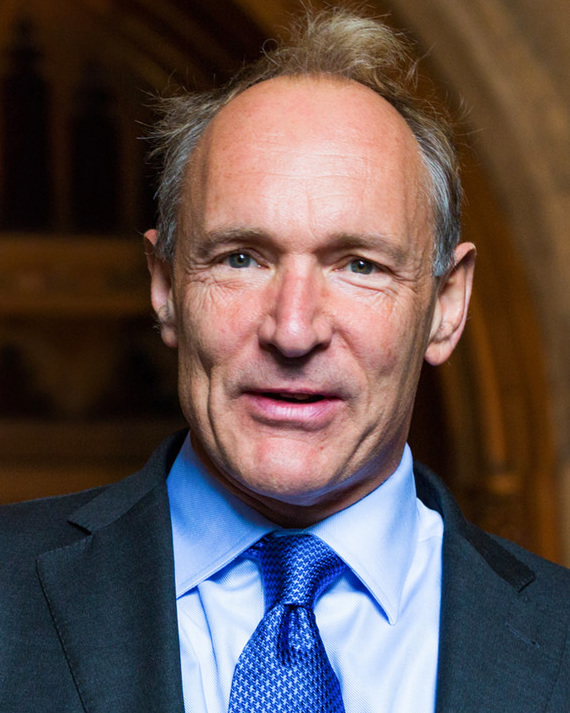Facts for Kids
Tim Berners-Lee, also known as TimBL, is an English computer scientist who invented the World Wide Web, creating systems like HTML, URL, and HTTP, which have transformed how we connect and share information online.
Overview
Career At CERN
Awards And Honors
Early Life And Education
Principles Of Web Design
Open Data And Web Standards
Invention Of The World Wide Web
Recent Projects And Initiatives
Impact On Technology And Society
Founder Of The World Wide Web Consortium W 3 C

Inside this Article
World Wide Web Consortium
Organization
Elizabeth Ii
Switzerland
Information
Technology
Creativity
Inventor
Function
People
Did you know?
🇬🇧 Tim Berners-Lee was born on June 8, 1955, in London, England.
🏔️ He invented the World Wide Web in 1989 while working at CERN, a science lab in Switzerland.
🌐 Tim's invention made it super easy for people to find and share information on the internet.
💻 He created HTML, the language that helps format web pages.
🌍 Tim developed URLs, which are the addresses we type in our web browsers.
🔍 Tim made the first web browser called WorldWideWeb to help connect people with information online.
🏆 He was knighted by Queen Elizabeth II in 2004, becoming Sir Tim Berners-Lee.
📊 Tim supports open data, meaning people can freely access and share information.
🎨 In 1994, he founded the World Wide Web Consortium (W3C) to set web standards.
🌈 Tim's work has made the internet a fun, safe, and accessible place for everyone!
Introduction
Career At Cern
Awards And Honors
Early Life And Education
Principles Of Web Design
Open Data And Web Standards
Invention Of The World Wide Web
Recent Projects And Initiatives
Impact On Technology And Society
TimBL shows us how technology can change the world for the better! 🌟

